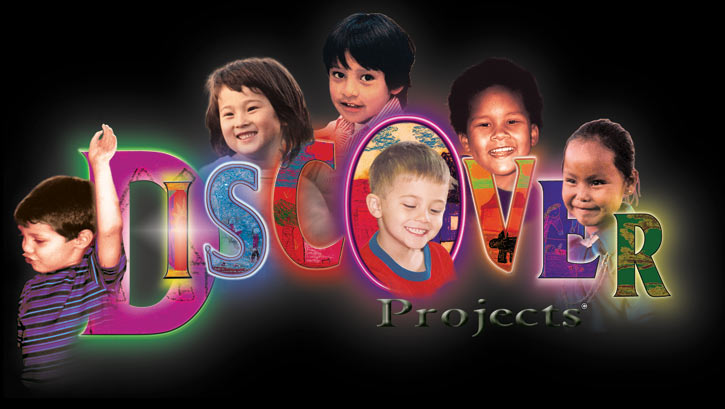{[[' ']]}
']]}
 ']]}
']]}
Discoverprojects
The Real Engagement in Active Problem Solving (REAPS) Model
For the last five years, Dr. Maker and her colleagues have been working on the school context to develop a pedagogical model to work with gifted and all students in the regular classroom with a problem-based approach that is suitable for students of different ages and in different cultural contexts.

The name, REAPS, reflects the real nature of our approach to meaningful teaching and learning, but also includes the literal meaning of the word “reap”, and that is the ultimate goal of this model, for teachers and students to collaboratively engage in harvesting learning experiences and acquiring knowledge and skills through the task of solving problems that are real and significant. Both the teacher and the students give to their local community and they reap the joy and satisfaction of knowing they contributed in a meaningful way to their communities.
The REAPS model was developed and implemented through the combination of three important theories: DISCOVER, Thinking Actively in a Social Context (TASC), and Problem-Based Learning (PBL). The three models complement each other because they all deal with problem solving in different ways, which is the main emphasis of the REAPS model. DISCOVER provides a wide array of problem types that can be used to guide students’ thinking and development of content understanding throughout a unit/lesson. TASC provides the structure, sequence, and organization for creating solutions to problems in both group and individual settings, especially those that are in the open-ended range. Finally, PBL offers a way of integrating content into practical and real-life applications. Together, the three models form a complete and effective approach to teaching and developing problem solving because a weakness in one is a strength in another.
thinking and development of content understanding throughout a unit/lesson. TASC provides the structure, sequence, and organization for creating solutions to problems in both group and individual settings, especially those that are in the open-ended range. Finally, PBL offers a way of integrating content into practical and real-life applications. Together, the three models form a complete and effective approach to teaching and developing problem solving because a weakness in one is a strength in another.
 thinking and development of content understanding throughout a unit/lesson. TASC provides the structure, sequence, and organization for creating solutions to problems in both group and individual settings, especially those that are in the open-ended range. Finally, PBL offers a way of integrating content into practical and real-life applications. Together, the three models form a complete and effective approach to teaching and developing problem solving because a weakness in one is a strength in another.
thinking and development of content understanding throughout a unit/lesson. TASC provides the structure, sequence, and organization for creating solutions to problems in both group and individual settings, especially those that are in the open-ended range. Finally, PBL offers a way of integrating content into practical and real-life applications. Together, the three models form a complete and effective approach to teaching and developing problem solving because a weakness in one is a strength in another.
The REAPS model has been field tested in a variety of cultures and settings, and is a valuable tool for teachers of gifted students in special programs, for teachers to use with students in the regular classroom, and even for teacher professional development courses.
On example of the implementation of the REAPS model was in a Southwest elementary school (third, fourth, and fifth grades). The teachers followed the District’s adopted science curriculum, the Full Option Science System (FOSS), a research-based approach that has as a goal for students to learn important science concepts, develop critical thinking, and actively construct concepts while exploring the natural world. The third grade FOSS curriculum includes units such as water, earth, and ecosystems. The REAPS model activities were developed as a complement to the FOSS curriculum with the goal of providing children with open ended problems to solve at the end of each unit so they could integrate all the concepts addressed in that particular unit. Children participated in highly engaging science projects, such as building water parks and ecosystems.



Post a Comment